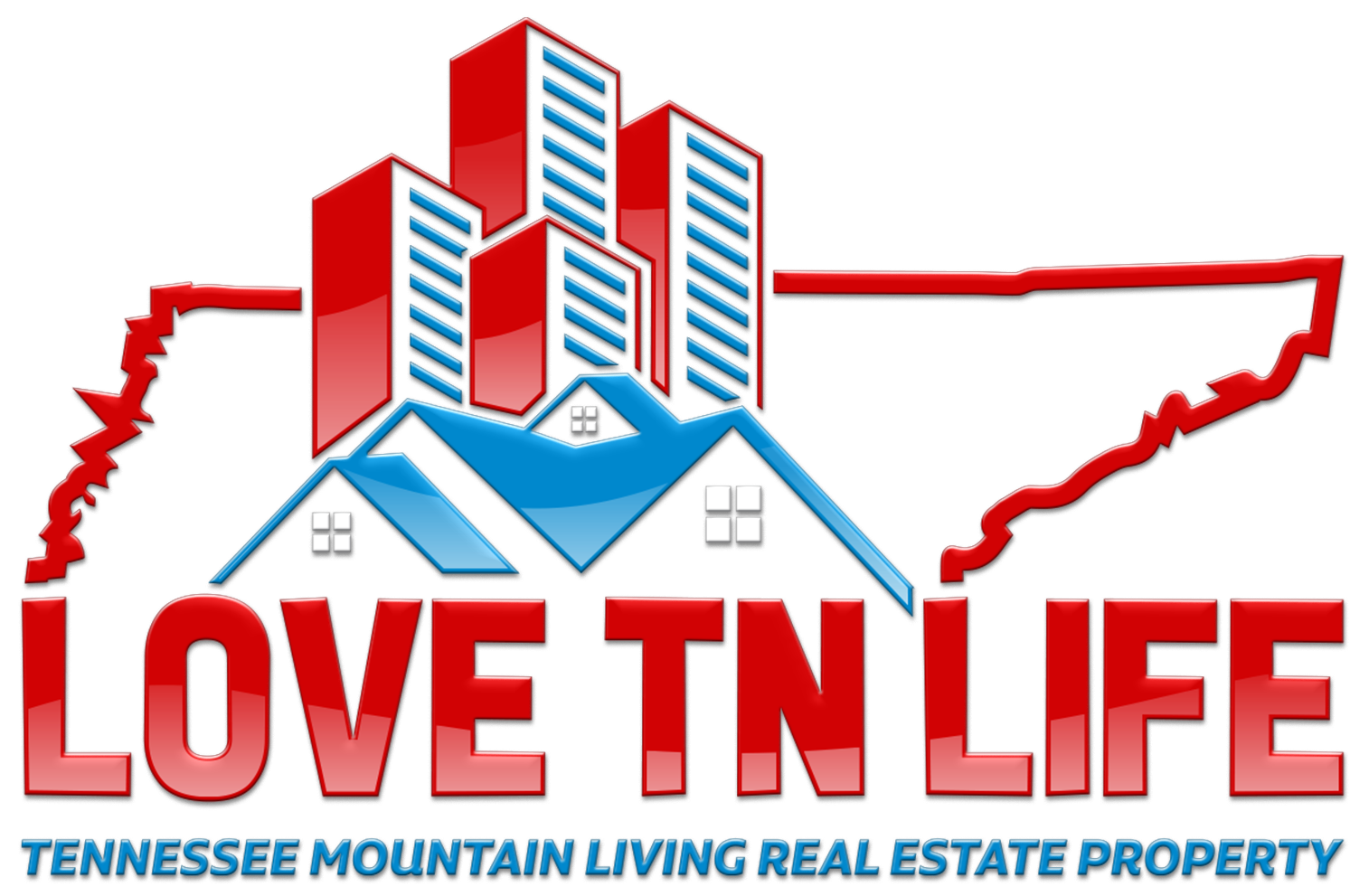Introduction
Radon is a naturally occurring radioactive gas that poses significant health risks, particularly in residential settings. As a colorless, odorless, and tasteless gas, it can easily accumulate in homes without detection, making it a silent but deadly threat. Understanding the dangers of radon, its sources, health impacts, and mitigation strategies is crucial for ensuring safe living environments.
What is Radon?
Radon is a decay product of uranium, a radioactive element found naturally in soil, rock, and water. It is part of the decay chain of uranium-238, ultimately leading to the formation of stable lead. As radon gas is released from the ground, it can enter homes through cracks in foundations, walls, and floors, as well as through gaps around service pipes and construction joints. Radon levels vary widely depending on geographical location, soil composition, and building construction.
Health Risks Associated with Radon Exposure
The primary health concern related to radon exposure is its potential to cause lung cancer. When radon gas is inhaled, it decays into radioactive particles that can get trapped in the lungs. These particles emit alpha radiation, which can damage lung tissue and increase the risk of lung cancer over time. According to the World Health Organization (WHO) and the Environmental Protection Agency (EPA), radon is the second leading cause of lung cancer after smoking, responsible for approximately 21,000 lung cancer deaths in the United States each year.
Long-term exposure to high levels of radon increases the risk significantly. The risk is even higher for smokers, as the combination of radon exposure and smoking is synergistic, leading to a much greater risk than either factor alone. The latency period between radon exposure and the onset of lung cancer can be several years, making early detection and mitigation crucial.
Sources and Entry Points of Radon in Homes
Radon primarily enters homes from the ground beneath the building. The concentration of radon in the soil and the permeability of the soil influence the amount of radon that can enter a home. Common entry points include:
- Cracks in Foundations and Walls: Small openings in the foundation and walls can allow radon to seep into basements and living spaces.
- Gaps Around Service Pipes: Pipes that enter the home from the ground can provide a pathway for radon to enter.
- Construction Joints: Joints between different construction materials, such as where the floor meets the wall, can be potential entry points.
- Crawl Spaces: Homes with crawl spaces can have higher radon levels due to the open space between the ground and the floor.
- Well Water: In some cases, radon can dissolve in groundwater and be released into the air during activities like showering or cooking.
Measuring and Detecting Radon Levels
Since radon is invisible and odorless, the only way to detect its presence is through testing. Radon levels are measured in picocuries per liter (pCi/L) of air. The EPA recommends taking action to reduce radon levels in homes if they exceed 4 pCi/L, though even lower levels can pose a risk over time.
There are two main types of radon tests:
- Short-Term Tests: These tests, which typically last from 2 to 7 days, provide a quick snapshot of the radon levels in a home. They are useful for initial screening but may not reflect long-term exposure.
- Long-Term Tests: These tests last for 90 days to a year and provide a more accurate measure of the average radon levels. Long-term testing is recommended for a more reliable assessment.
Test kits can be purchased online or from hardware stores, and some local health departments offer free or discounted kits. It is essential to follow the instructions carefully to obtain accurate results.
Mitigation and Prevention Strategies
If radon levels are found to be high, mitigation measures should be implemented to reduce exposure. Common mitigation strategies include:
- Sub-Slab Depressurization (Active Soil Depressurization): This is the most effective and widely used method for reducing radon levels. It involves installing a vent pipe system and fan to draw radon from beneath the house and expel it outside.
- Sealing Cracks and Openings: Sealing foundation cracks and other openings can help reduce radon entry, though it is usually not sufficient as a standalone solution.
- Ventilation Improvements: Increasing ventilation in crawl spaces and basements can help reduce radon levels. However, this approach must be carefully managed to avoid causing other issues, such as increased humidity.
- Radon-Resistant Construction Techniques: For new homes, builders can incorporate radon-resistant construction techniques, such as gas-permeable layers under the foundation and radon vent pipes, to prevent radon from entering the home.
The Importance of Awareness and Action
Public awareness of the dangers of radon is crucial for reducing health risks. Many homeowners are unaware of the presence of radon and its potential hazards. Public health campaigns, real estate disclosures, and building code regulations can help increase awareness and encourage testing and mitigation.
Real estate transactions often include radon testing as part of the home inspection process. Buyers and sellers should be informed about radon risks and remediation options. In some regions, radon testing is mandatory for real estate transactions.
Conclusion
Radon is a significant but often overlooked health hazard in residential settings. Its invisible and odorless nature makes it a silent threat that can go undetected without proper testing. The health risks associated with radon exposure, particularly the increased risk of lung cancer, make it essential for homeowners to test their homes and take necessary mitigation measures if high levels are detected. Increased awareness and proactive action are key to protecting families and ensuring safer living environments. By understanding the sources, risks, and mitigation strategies, individuals can effectively address the dangers of radon and safeguard their health.








